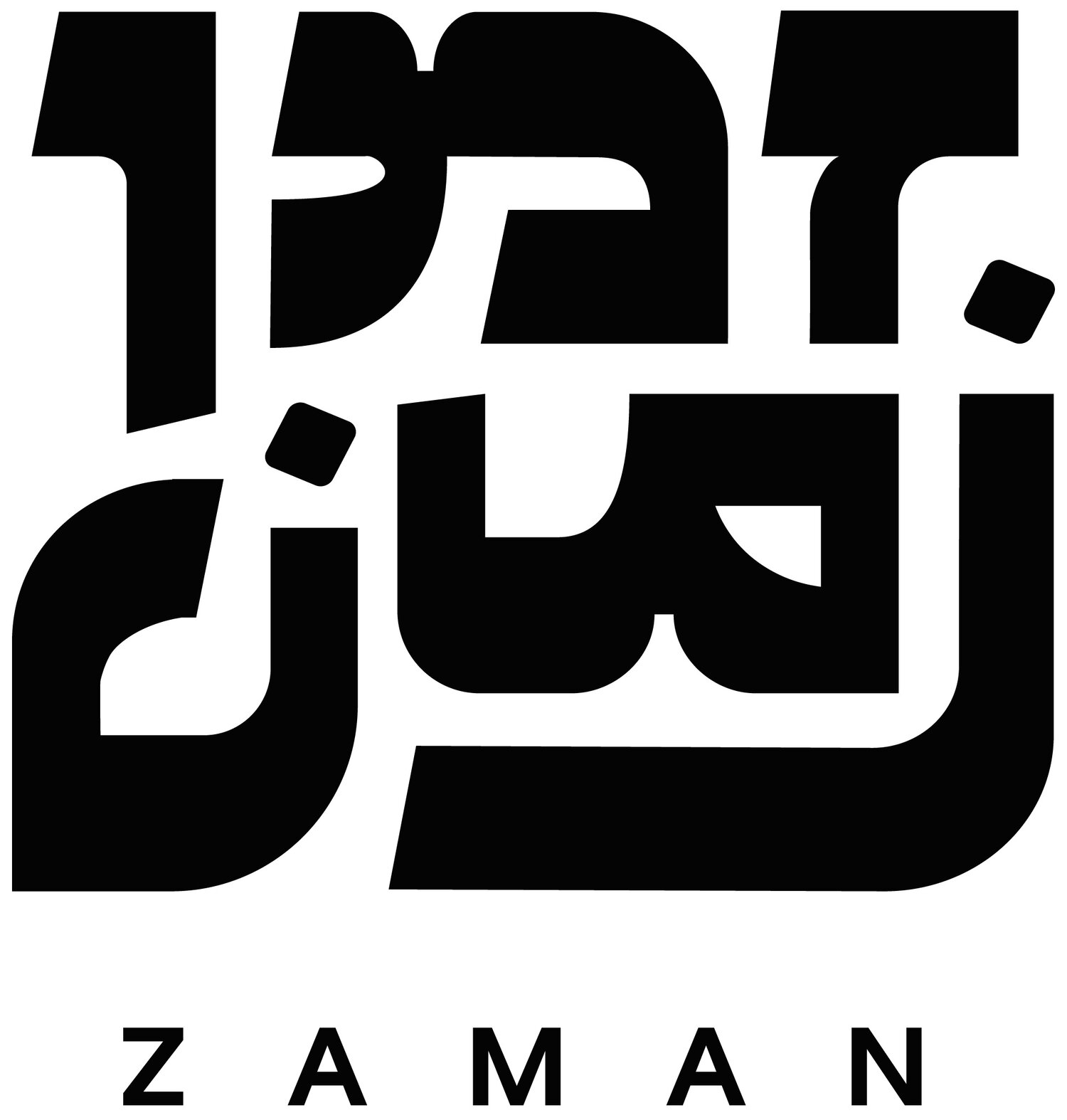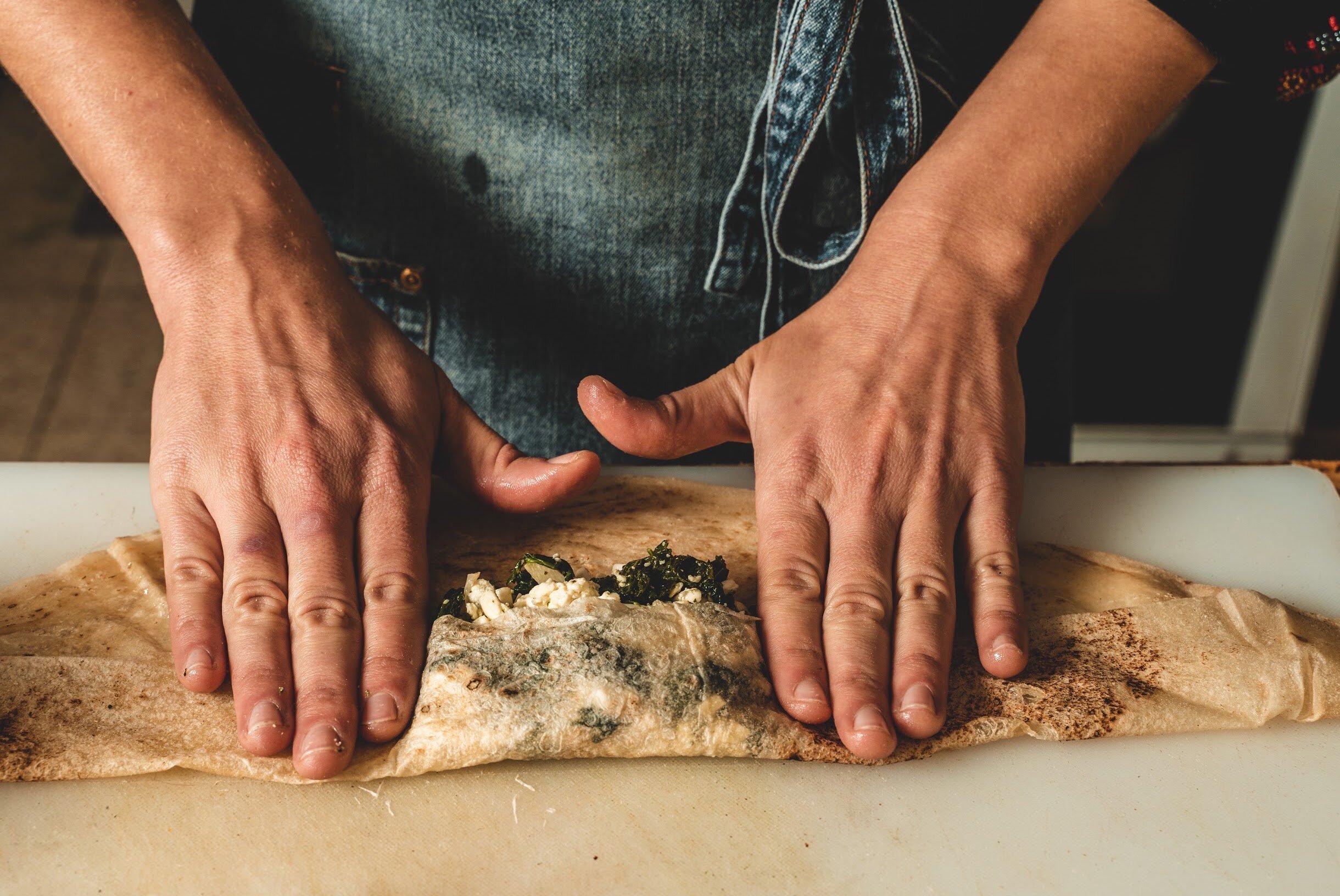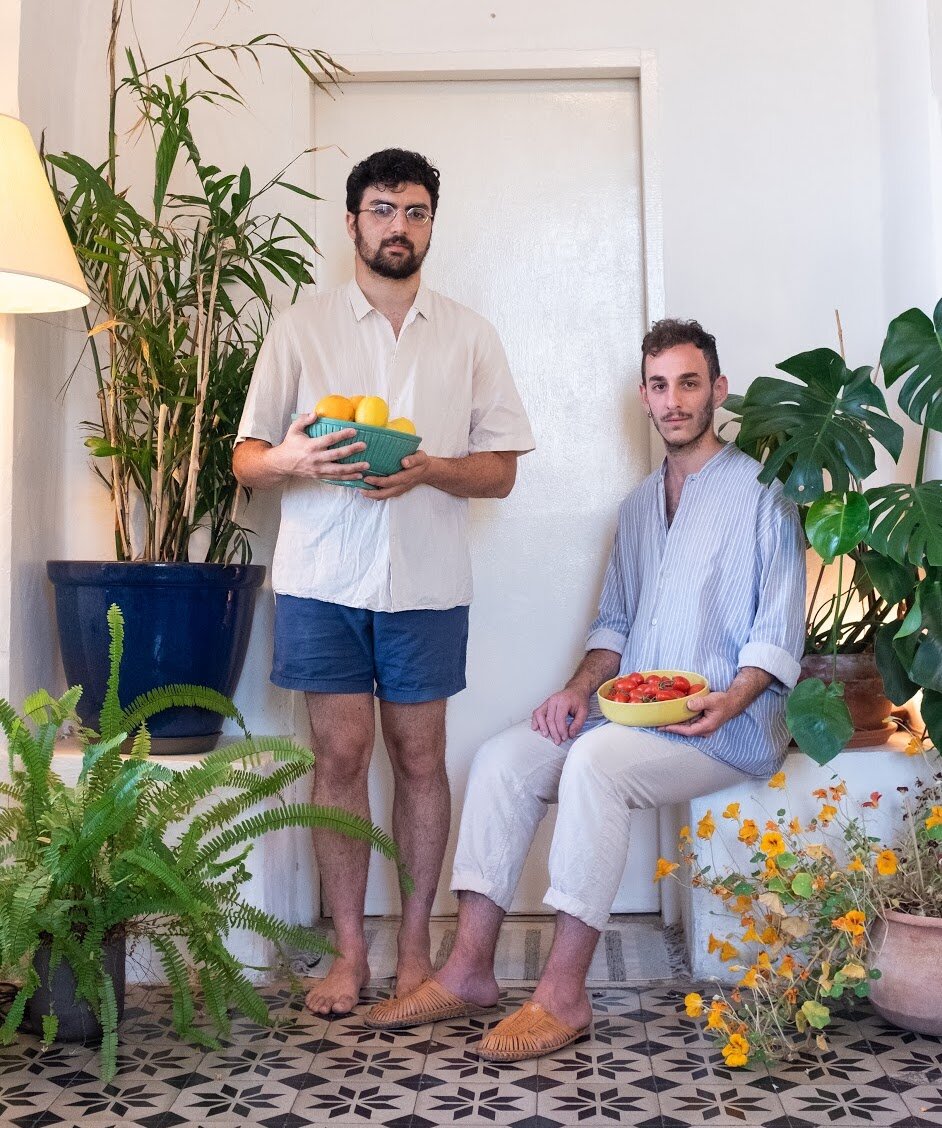The Culinary Wellsprings of Jerusalem
Ingredients prepared for a meal at Eyal’s home. Photo: Itamar Ginsburg
Translated from Hebrew by Sophie Levy and Michelle NatanzonJerusalem is a city of springs; hidden within her is a myriad of metaphorical aquifers, each one spouting the words of dozens of prophets over the years. They are countless in number, but two are of particular cultural and culinary importance to me: Mahane Yehuda and the Arab Market near the Damascus Gate in the Old City—what Palestinians usually call Musrara Market.
The market is a pulsating revelation of human culture; it has been with us as a concept in multiple configurations probably since humankind learned to live in agricultural society, to raise animals and grow vegetables, to earn a loaf of bread, to swap one item for another, to argue, to haggle, to shout, to stand out from the crowd. The market is in fact the very first model of an economy, and it is the most vibrant, noisy, and accessible way for us to experience history in motion. The animals of the market have always mesmerized me, and the Arab souq certainly has, too. It would be fair to say that the two central shukim (markets, or bazaars) of Jerusalem are Arab in character.
One of them is the famous Mahane Yehuda, in which, until today, Jewish Arabs and Palestinian Arabs sell baladi goods and genetically modified fruits. It has left a central mark on Israeli culture, thanks to the beautiful mélange of people who make up the neighborhoods surrounding the market: Kurds, Bukharans, Iraqis, Moroccans, and Sephardim— Jews who fled the Spanish Inquisition and traveled directly to Israel, bringing with them the flavors of Ladino culture. The food that earlier generations of migrants cooked with oil burners was eventually transformed on the part of their sons and daughters into a destination for culinary pilgrimage, known by all.
Eyal making a savory pastry. Photo: Itamar Ginsburg
What is there, in these steaming pots, that does not ease my mind? The ingredients are simple, sometimes absurdly so: oil, a generous amount of spices, and hands who know how to subtract— not to add, not to mix, not to upgrade, but to subtract to an exact precision of flavors from homes in which you never grew up— flavors who will meet you in there, in these crumbling enamel plates, with the undertone of oil burner gasoline that almost constitutes the very salt and pepper of the market. Aside from the beating heart that is Mizrahi food, there are the pulsing voices of the shuk, the typical drone of background noise, the old women carrying their overloaded carts in fatigue, the little delis, the Haredi food that pops up here and there, the old spice shops, the fish and the butcheries. These things will always be the backdrop onto which recent gentrification in the shuk will build, gnaw, and sometimes collapse.
The second is the Arab shuk by the Damascus Gate, my imagined temporary home. With every new lap through it, I come to know the depths of a local culture almost in ruins, whose people preserve and guard their traditions in cooking with all their might, as if (leaving this up to your political interpretation) they haven’t a single thing left. This is the Arab market, where the women are so powerful that they glow like landscape paintings from the ‘20s. The scene of the market is etched in my memory: the older men sitting to have coffee in the hamaras, younger generations who are already accustomed to their family trades, huge butcheries with animals hanging down in their entirety, young vegetables making their way from the tax authority in old white vans and taxis, hot Arab sweets soaked with sugary syrup, pomegranate juice, oranges and this heat that always reminds you that you’re in the Middle East.
A platter with cheeses and produce from Jerusalem’s markets. Photo: Itamar Ginsburg
At the Damascus Gate market people work fast; there aren’t queues and there aren’t deli tickets, rivers of powerful legs perpetually cross the street, someone’s always likely to bump into you. The food is always connected to people, changing with the times. On Muslim holidays the shuk celebrates with flashy, limited-time-only foods. The Damascus Gate seems to awaken anew every morning. There are no guaranteed commitments and there are no personal attachments, it leaves you confused, lingering behind, trying to keep up— but also alert, curious and thirsty for what has yet to reveal itself. It’s hard not to think at the Damascus Gate— this turbulent, almost bloody place— about how much it has lived through and what struggles the people within it continue to uphold, as if it were a flesh-and-blood encyclopedia of yerushalmi Palestinian food, of culture, of traditions, of craftsmanship. Almost a temple.
After having walked these markets back and forth throughout the later years of my adolescence, I’ve found that the distance between them is shorter than the usual distance between others. Both these Arab markets are filled with a sense of longing— At Mahane Yehuda, Arab Jews yearn for the souqs of their motherlands, wishing they could import to Israel the peddlers, merchants, and store owners who amassed priceless knowledge in the markets that ran along major trading routes; while at the Damascus Gate, several generations have labored tirelessly to preserve this pulsing artery— however dated it may seem— so that future generations have something to long for in their memory, so they have somewhere to take their children to taste their first experiences on their tongues.
Eyal and a friend on his balcony in Musrara. Photo: Itamar Ginsburg
Seasoned kofta with peppers and oils prepared by Eyal. Photo: Itamar Ginsburg
In Arab cultures, in such a clear manner, food is life itself, it is religion, it is the sustenance of spirit and of matter, it is sacrament, it is joy, childhood, and the gift handed down from fathers to sons, from mothers to daughters and vice versa. It defines us, it creates this Jerusalem, it creates this texture. This is what all the markets in Israel have taught the country, especially in recent years. Jerusalem has successfully taught Israel’s culinary scene what food with heart and soul is; it is planted between the markets I describe here, leaving its mark on the map. There are those who have also transformed this into a “soul-industry,” converting this yassou* into a forecaster of honest labor, with a fat price tag and aims of conquering the global market (about whom we can speak on a later occasion, if you’d like). But above all, Jerusalem says:
“I don’t have any secrets, only people, cultures, and traditions that have been carefully preserved, respectable people full of joy, scrupulous care, and maybe— who knows— even a blessing from the Creator.”
Eyal and his partner Uri at home. Photo: Itamar Ginsburg
*yassou - a joyful Greek expression roughly translating to “cheers” or used as a greeting. It has been adopted and integrated into Israeli vernacular.







